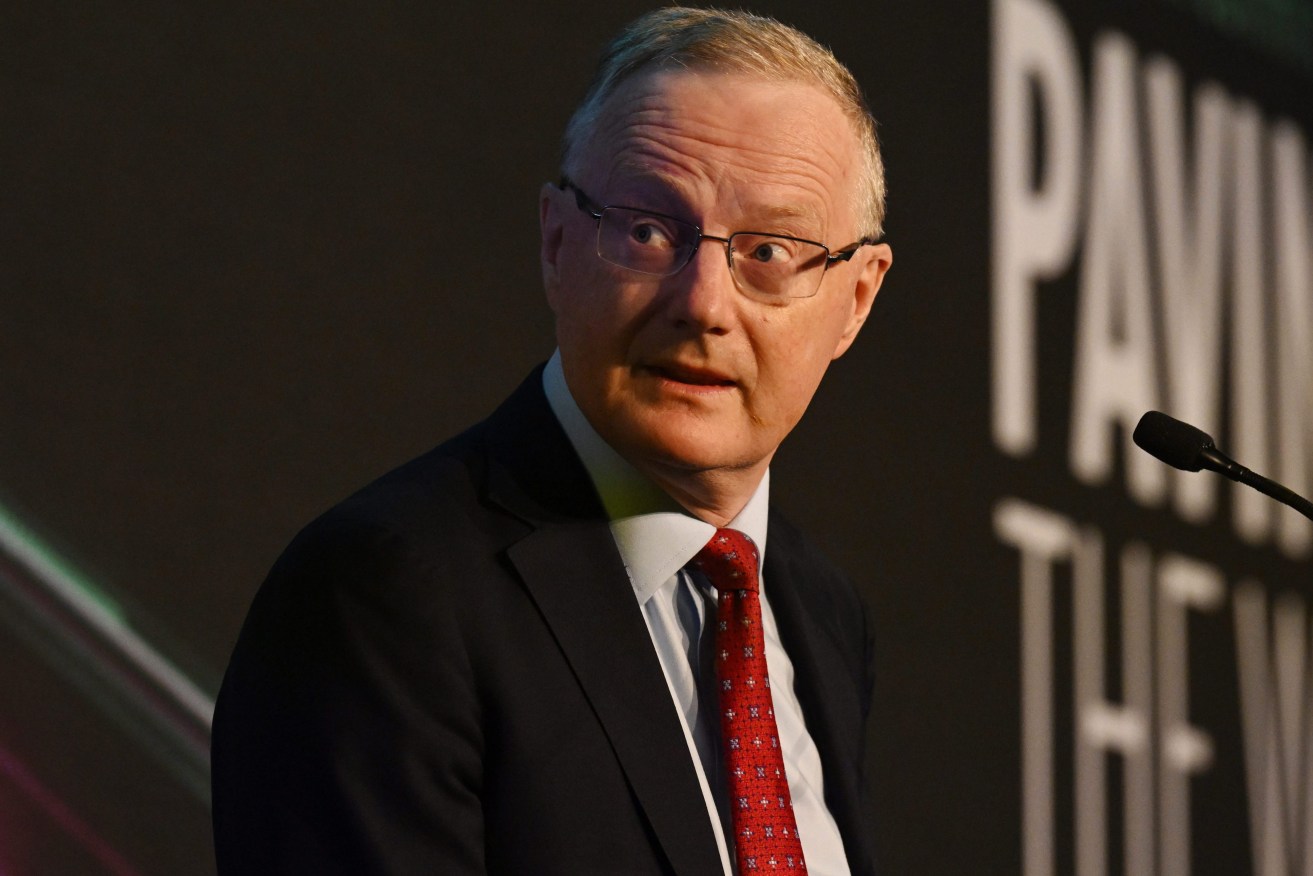Plunging inflation doesn’t mean the interest rate wars are over
Inflation may be coming off its highs but worker wages are still falling well behind rising prices and mortgage holders could be whacked with another rate rise next week.

Reserve Bank of Australia Governor Philip Lowe . (AAP Image/Dean Lewins)
The official consumer price index stepped down from 7.8 per cent annual growth through to the December quarter to seven per cent in the March quarter.
But while inflation has likely passed its peak, inflation is still outpacing wage growth by 3.7 per cent, based on Australian Bureau of Statistics wage data.
In dollar terms, workers would have needed to secure a $6442 pay rise to have kept pace with inflation, Canstar analysis shows.
ACTU president Michele O’Neil said more needed to be done to secure pay rises for working people, starting with an increase to the minimum wage.
The union has called for a seven per cent lift in wages for the lowest-paid workers ahead of the industrial umpire’s annual decision.
“More action is urgently needed to ensure full employment and job security, along with ending wage theft and rorting of casual and labour-hire arrangements,” Ms O’Neil said.
While worker salaries are falling behind, the pace of wages growth is likely to be a source of concern for the Reserve Bank in its fight against inflation.
RBA governor Philip Lowe has previously indicated wage growth above four per cent could make it more difficult to return inflation back within the two to three per cent target range.
CommSec economist Craig James said strong wage growth and other factors could complicate the RBA’s inflation-fighting strategy.
“The momentum of the current disinflation is encouraging, but it needs to continue,” CommSec economist Craig James said.
“And the tight job market, solid wage growth and fast-growing population are complicating the process.”
He says it will be a “coin toss” between another hike or keeping the cash rate on hold when the RBA meets next week, although CBA economists expect one last 0.25 percentage point rise.
Rebounding population growth post-COVID is also contributing to a turnaround in the home price market, with Domain’s quarterly property market snapshot reporting a 0.4 per cent lift across combined capitals.
During the March quarter, home prices picked up in Sydney, Adelaide and Perth, stayed relatively flat in Melbourne and Brisbane, and continued to fall in Canberra, Hobart and Darwin.
Domain’s chief of research and economics Nicola Powell said lower listings, population growth and expensive rental markets were driving up prices.
“As prices lift in certain areas, it’s a timely reminder that interest rates are not the only factor influencing housing activity and prices,” she said.












